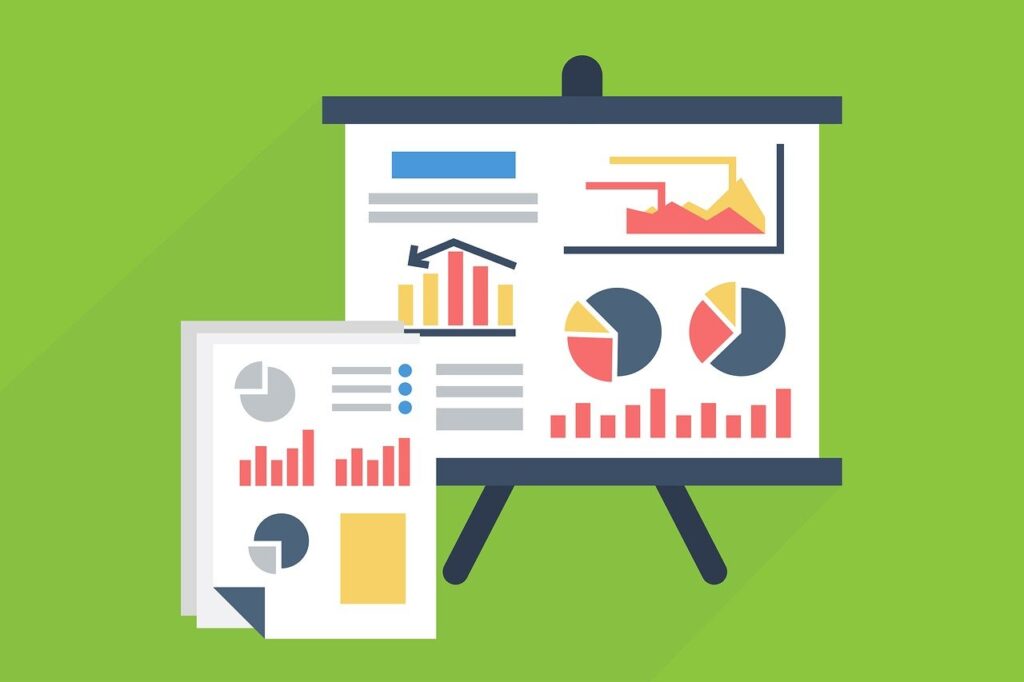Infographics have become an essential tool for conveying complex data in an easy-to-digest format. Whether you’re presenting market research, illustrating a business process, or sharing survey results, a well-designed infographic can help transform dense information into something visually engaging and clear. But how do you ensure your infographic makes sense and resonates with your audience? These seven infographic design tips will help simplify complex data and make your message more impactful.
1. Know Your Audience and Purpose
Before you start designing, it’s crucial to understand who your audience is and the purpose of your infographic. Are you communicating to business executives, students, or the general public? Your audience’s level of familiarity with the topic will dictate how much background information you need to provide and how detailed your explanations should be.
Knowing your audience helps you determine the appropriate tone, style, and level of detail for your infographic. Whether you’re aiming for a more casual look or something more professional, the design should reflect the audience’s expectations and the purpose you’re trying to achieve. This clarity will guide every design decision you make.
2. Focus on a Single Core Message
One of the most common mistakes in infographic design is trying to include too much information. Overloading your infographic with data points can confuse your audience and dilute your message. Instead, focus on one core message or insight that you want to convey.
Streamline the data you present and structure your infographic around that central theme. Additional information is fine, but make sure everything ties back to the core message. When you simplify the content, your audience can better understand the key takeaway without feeling overwhelmed.
3. Use Visual Hierarchy to Organize Information
Visual hierarchy is a design principle that helps direct the viewer’s attention to the most important elements of your infographic. By organizing the content in a way that naturally leads the eye, you can guide users through the information in a logical order.
Start by making the title bold and eye-catching, as it sets the tone for the entire infographic. Use larger fonts and contrasting colors for key statistics or headers. Break up text-heavy sections with icons or images, and group related information together. A well-structured layout will make it easier for users to follow the narrative and absorb complex data step by step.
4. Choose the Right Chart or Graph Type
Choosing the appropriate chart or graph type for your data is essential. Each type of visual represents data in a different way, and using the wrong one can make the information confusing rather than illuminating. For instance, pie charts are best for showing proportions, while line graphs excel at depicting trends over time.
When dealing with large datasets, consider using bar graphs, stacked charts, or heat maps to break down information into smaller, digestible segments. If you’re unsure which chart works best, ask yourself what story the data is trying to tell. The right visual can instantly make complex numbers or statistics more relatable and understandable.
5. Use Color Strategically
Color is one of the most powerful tools in infographic design, but it needs to be used thoughtfully. Too many colors can create chaos, while too few might fail to grab attention. A well-balanced color palette not only enhances visual appeal but also helps convey meaning.
Stick to a color scheme that complements your brand or message, and use it consistently throughout the infographic. You can use contrasting colors to highlight key points, but be mindful not to overdo it. Also, ensure your infographic is accessible by using colors that are distinguishable to colorblind viewers. Tools like color-blind simulators can help you make your design more inclusive.
6. Incorporate Icons and Imagery to Enhance Understanding
Icons, illustrations, and images can dramatically improve the clarity of an infographic. They provide a visual representation of the data, making it easier for users to grasp concepts quickly. Instead of relying solely on text or numbers, icons can simplify ideas and break down more complex topics.
For example, if your infographic covers a process or a series of steps, use icons to represent each stage. Icons help reinforce the text, reduce cognitive load, and make the design feel less cluttered. Just make sure the visuals you choose are relevant to the data and don’t distract from the message.
7. Keep Text Minimal and Clear
Text-heavy infographics are counterproductive because they defeat the purpose of simplifying information. While you may need some text to explain your data, the key is to keep it minimal. Instead of writing lengthy paragraphs, opt for short, clear bullet points, labels, or brief descriptions.
Make sure your fonts are easy to read. Avoid overly decorative fonts that might look cool but compromise legibility. Use simple sans-serif fonts for most of your content, and save more unique font styles for titles or headers to add a bit of flair without sacrificing readability.
Conclusion
Designing an effective infographic requires more than just making data look pretty. The goal is to simplify complex information in a way that’s engaging and easy to understand. By focusing on a single core message, using visual hierarchy, selecting the right charts, and keeping text minimal, your infographic will communicate even the most complex data in a clear and concise manner.
Remember to always consider your audience and purpose throughout the design process, and don’t be afraid to use visuals like icons and colors to make your infographic more compelling. With these infographic design tips, you’ll be able to transform complicated datasets into visually appealing, digestible content that captures attention and encourages deeper engagement.

